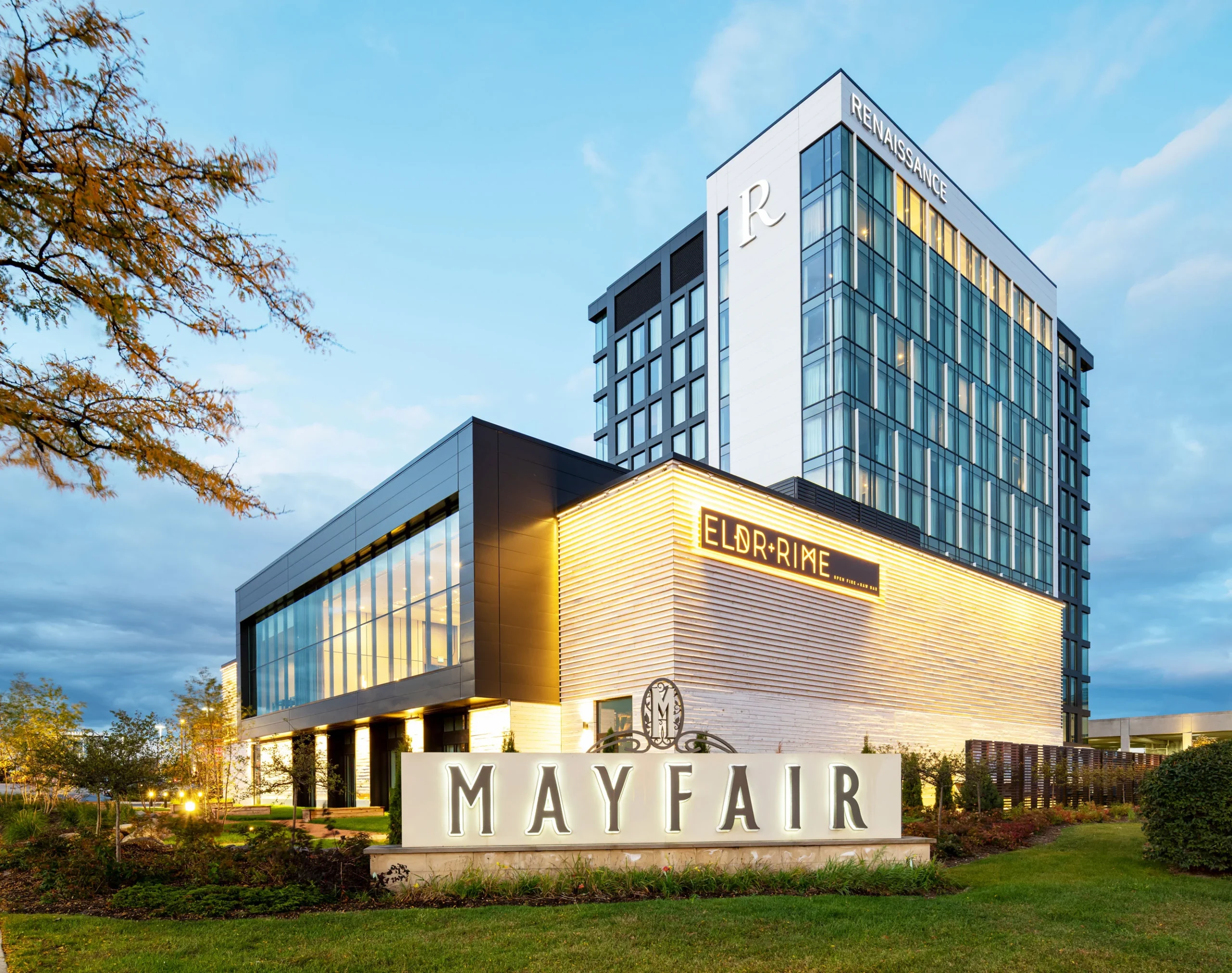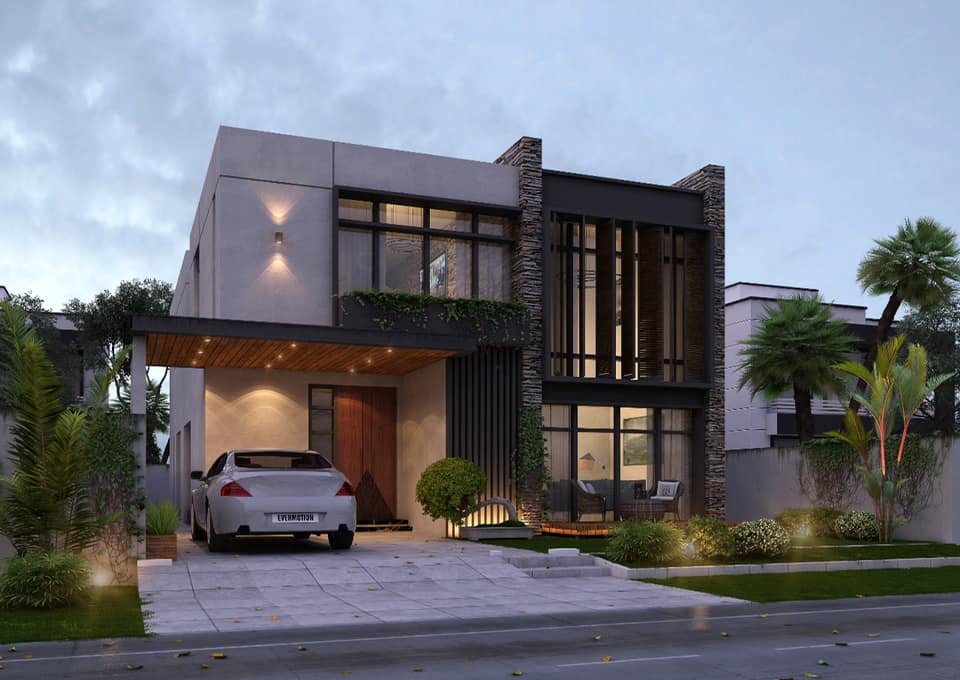
Adapting Hospitals for Aging Population
The world’s population is aging rapidly. According to the United Nations, the number of people aged 60 and over is expected to double by 2050. As a result, healthcare systems must adapt to meet the unique needs of this growing demographic. One crucial aspect of this adaptation is the planning and design of hospitals. In this article, we will explore why it is essential to adapt hospital infrastructure for an aging population and discuss some key considerations in this process.

Understanding the Aging Population’s Healthcare Needs:
The aging population presents unique healthcare challenges. As people age, they are more likely to experience chronic illnesses, mobility limitations, and cognitive impairments. Hospitals must be equipped to provide specialized care and support for these conditions. Moreover, older patients often require longer hospital stays, making it imperative to create environments that are comfortable, safe, and conducive to their recovery.
Key Considerations for Hospital Planning and Design:
Accessibility and Mobility: Hospitals should prioritize accessibility by providing ramps, wider doorways, and handrails to accommodate wheelchairs and walkers. Ensuring that corridors are spacious and free of obstacles is crucial for safe navigation.
Ergonomic Design: Furniture and equipment should be designed with ergonomics in mind. Adjustable beds and chairs can enhance patient comfort and ease of use. Ergonomic design also extends to nursing stations, ensuring that healthcare providers can efficiently and comfortably care for patients.
Fall Prevention: Falls are a significant concern among older adults. Hospital design should incorporate slip-resistant flooring; grab bars in bathrooms, and proper lighting to reduce the risk of falls.
Noise Reduction: Hospitals can be noisy environments, which can be particularly distressing for older patients. Implementing noise-reduction measures, such as sound-absorbing materials and quieter HVAC systems, can contribute to a more comfortable healing environment.
Patient Privacy and Dignity: Older patients value their privacy and dignity. Hospital rooms should be designed to maximize privacy and provide space for family members to stay overnight if needed. Ensuring that bathrooms are easy to access and equipped with assistive devices is also essential.
Technology Integration: Hospitals should embrace technology to enhance the care of aging patients. Telemedicine capabilities can facilitate remote consultations, reducing the need for older patients to travel. Additionally, electronic health records can streamline the sharing of patient information among healthcare providers.
Cognitive Considerations: For patients with cognitive impairments such as dementia, hospital design should include way finding aids, clear signage, and calming spaces that reduce confusion and agitation.
Community Spaces: Creating inviting communal areas with natural light, comfortable seating, and greenery can improve the overall well-being of patients and their families. These spaces can serve as places for social interaction and relaxation.
Benefits of Adapting Hospital Design:
Adapting hospitals to the needs of an aging population offers several benefits. Firstly, it enhances the quality of care provided to older patients, resulting in better health outcomes. Secondly, it can lead to improved patient satisfaction, as older adults feel more comfortable and respected in their healthcare environment. Moreover, efficient and patient-centric design can contribute to shorter hospital stays and lower readmission rates, ultimately reducing healthcare costs.
In conclusion, as our society continues to age, the need for hospital facilities tailored to the unique requirements of older individuals becomes increasingly evident. Prioritizing elements such as accessibility, safety, comfort, and preserving patient dignity is paramount. Astron Hospital Planning and Design stands as a beacon of expertise in this vital field, consistently delivering innovative solutions that cater to the evolving needs of an aging population. With their visionary approach, Astron ensures that healthcare facilities remain well-prepared to offer exceptional care to seniors, forging a path toward a healthier and more inclusive future.



